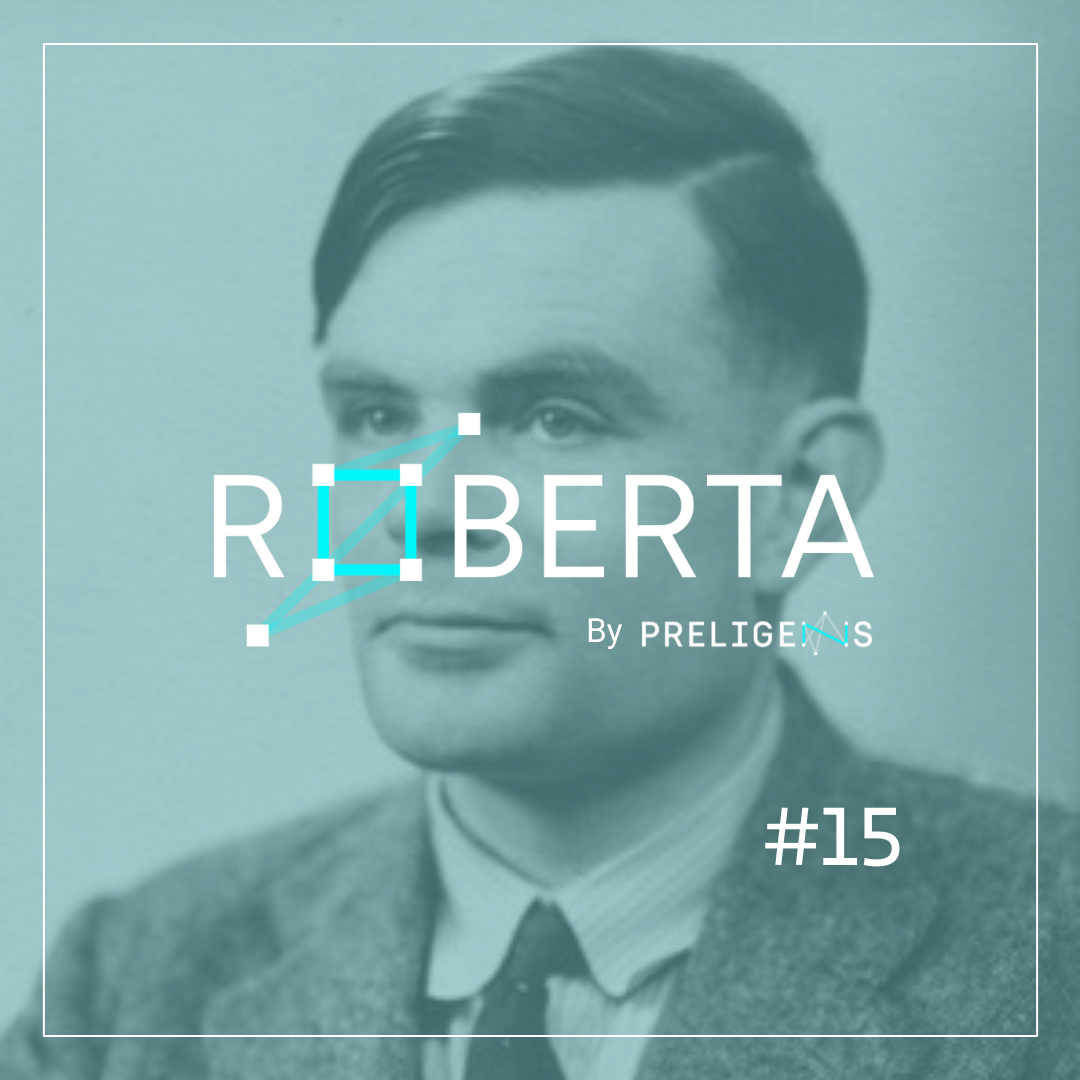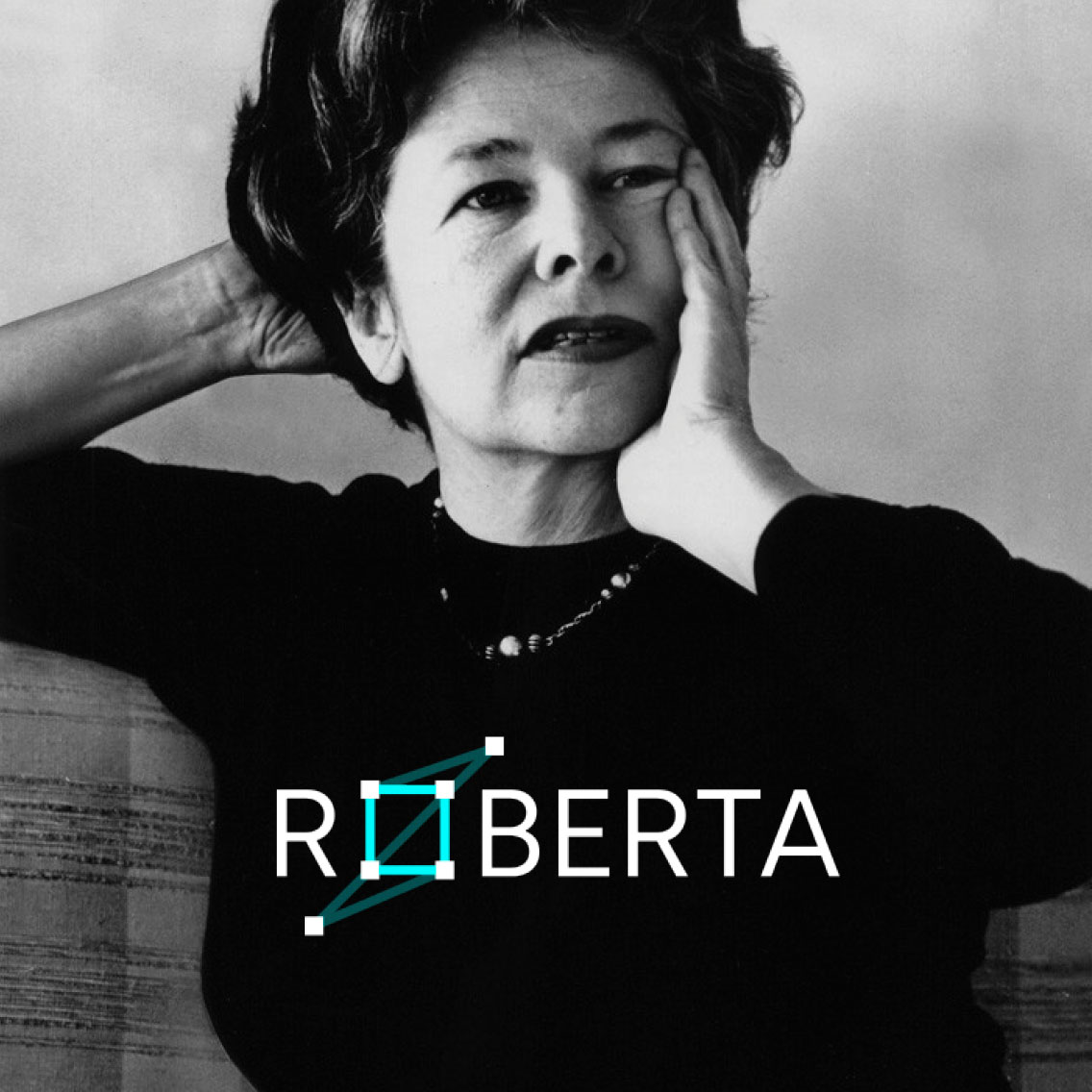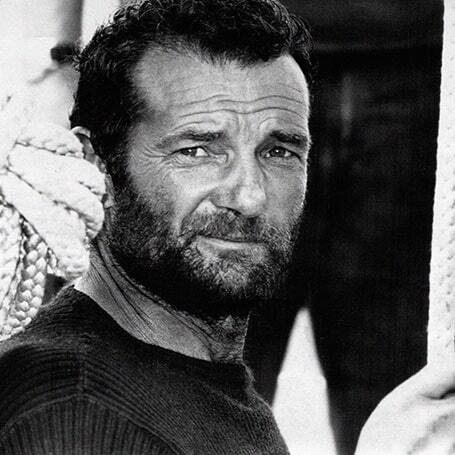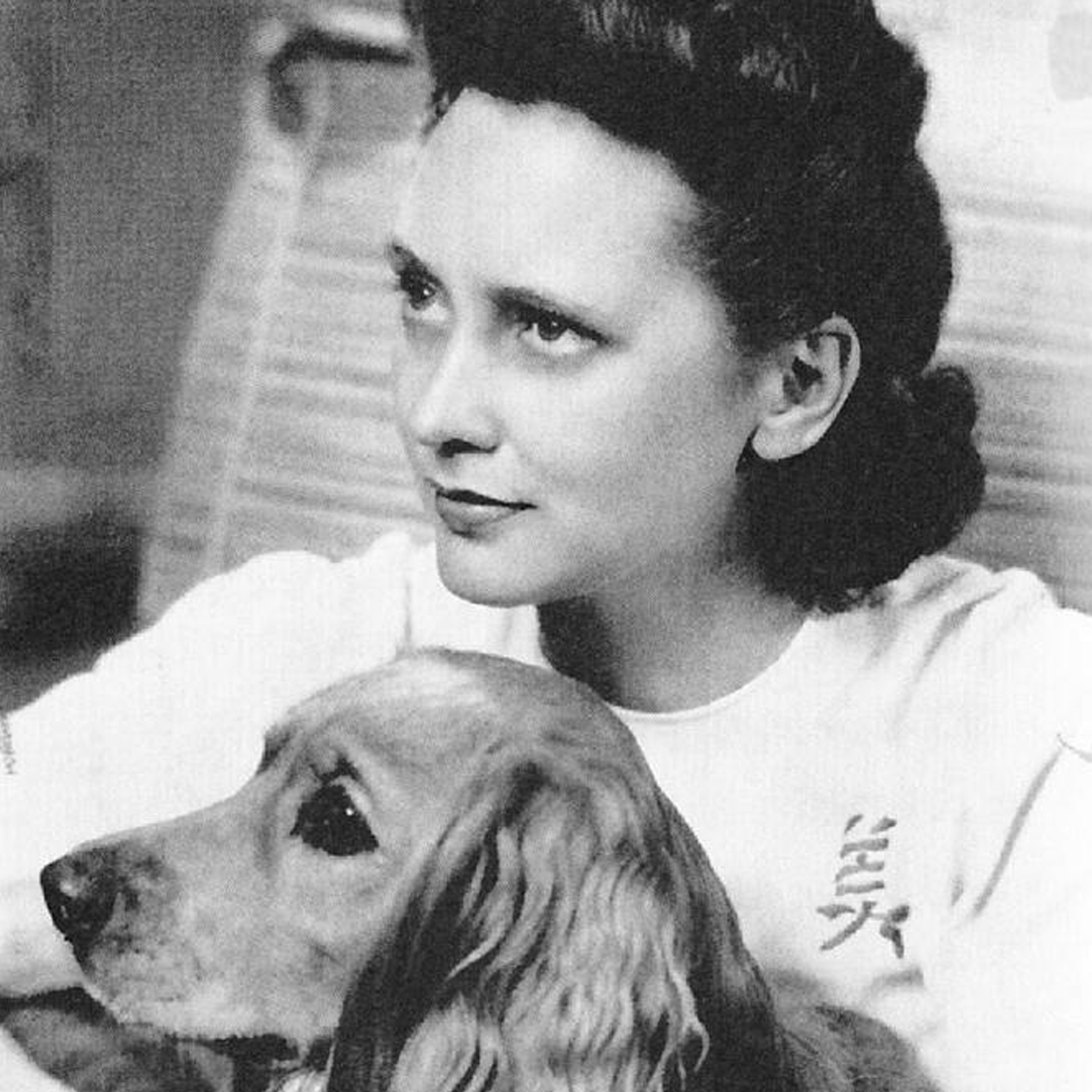Episode #7 Alan Turing, the origins of artificial intelligence

Alan Mathison Turing is much more than the protagonist of Morten Tyldum's American blockbuster The Imitation Game. Turing is not only the mathematician best known for cracking the code of the German Enigma machine that the Wehrmacht used to send and receive encrypted messages during the Second World War. He is also considered by many to be the father of the computer and artificial intelligence.
Who was he?
Born in 1912 in London, he graduated in mathematics from King's College, Cambridge University in 1934. As a result of his work on probability theory, he was offered a research teaching fellowship at King's College. There, his work came to the attention of the scientific community of his time with a paper entitled: On Computable Numbers, with an Application to the Entscheidungsproblem (1936). The Entscheidungsproblem, or decision problem in German, posed by David Hilbert in 1928, seeks a reliable method for deciding which mathematical statements are provable and which are not. Turing showed that this problem generally has no solution, that is a mathematical problem is not systematically solvable by an algorithm that gives a binary answer such as "true/yes" or "false/no".
The Turing Machine at the origin of the computer
Even more surprisingly, in the same article, Alan Turing conceived an abstract model of a machine that would be capable of being programmed to read and understand instructions, in order to do the work of a human in a faster and more automated way. In other words, a Turing machine is an algorithm, capable of solving a specific problem. He goes further and imagines what will be called the Universal Turing Machine: a Turing machine capable of 'simulating' any other Turing machine, that is an algorithm.
The universal Turing machine can therefore calculate anything that can be calculated. Such is the primary function of the computer, of which Turing thus becomes the designer!
The machine and intelligence: the 'imitation game'
In a 1948 manifesto entitled "Intelligent Machinery", Turing developed the idea that machines could possess intelligence similar to that of a human. Gifted with intelligence, a machine would then be able to analyze the results of its actions, synthesize them and react accordingly. This is the principle of artificial intelligence. Two years later, Turing asked the question: "Can machines think?" and devised his famous Turing Test in response, based on the imitation game.
This test consists in confronting the answers of a human with those of a machine and to determine which of the two interrogated is the human and the machine. The success of this test lies in the machine's ability to deceive the human about its true nature. Turing argues that a machine can pass the test and suggests that it is by subjecting it to a process of education rather than direct programming that such a machine could be designed. This learning period would involve a system of rewards and punishments to instil the desired patterns in the machine's mind.
This is exactly the principle of Machine Learning, a discipline encompassing Deep Learning, which enables the Preligens teams to ensure an ever more powerful intelligence analysis tool.


